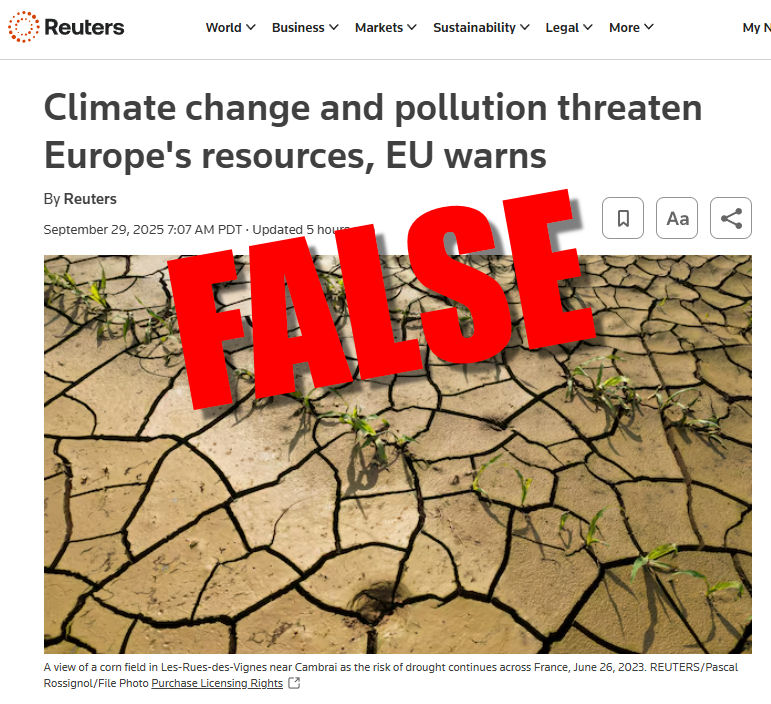By Marco Kopinke
The Antarctic Ice Sheet has done something that genuinely shocked climate scientists around the world. Between 2021 and 2023, the AIS experienced a record-breaking increase in overall mass, marking the first time in decades that Antarctica gained mass, reversing previous loss trends. This wasn’t just a minor fluctuation – the ice sheet gained approximately 108 gigatons per year during this period, completely reversing what scientists had observed for the previous two decades.
The magnitude of this reversal is staggering when you consider the numbers. From 2002-2010, Antarctica experienced moderate ice loss at -73.79±56.27 gigatonnes per year, which nearly doubled to -142.06±56.12 gigatonnes per year during 2011-2020. Then came the complete turnaround that has left researchers scrambling to understand what’s happening. That growth was enough to temporarily offset global sea level rise by about 0.3 millimeters per year during the same period.
East Antarctica’s Surprising Contribution to Ice Growth
Record-Breaking Ice Mass Gain Defies Decades of Loss
The growth wasn’t uniform across Antarctica – it was primarily driven by four specific glacier basins in East Antarctica that completely reversed their behavior. Four major glaciers in the Wilkes Land–Queen Mary Land region of East Antarctica reversed their previous pattern of accelerated mass loss from 2011 to 2020 and instead showed significant mass gain during the 2021 to 2023 period. These glaciers – Totten, Moscow University, Denman, and Vincennes Bay – became unexpected heroes in the ice growth story.
What makes this particularly puzzling is that some of these glaciers had previously been losing mass at alarming rates. These glacier systems showed alarming changes between the first two study periods, with mass loss intensifying by 47.64±8.14 gigatonnes per year during 2011-2020 compared to 2002-2010, with two glaciers – Vincennes Bay and Denman – transitioning from states of mass balance and accumulation to intense mass loss. The fact that they suddenly reversed course has climate scientists questioning their understanding of Antarctic ice dynamics.
GRACE Satellites Reveal the Hidden Truth
Researchers from Tongji University, led by Dr. Wei Wang and Professor Yunzhong Shen, documented these dramatic fluctuations using data from the GRACE (Gravity Recovery and Climate Experiment) and GRACE-FO satellite missions, with their findings published in Science China Earth Sciences. These satellites have been monitoring Antarctic ice mass changes since 2002, providing unprecedented precision in tracking ice sheet behavior.
The study, published March 19 in the journal Science China Earth Sciences, analyzed data from NASA’s Gravity Recovery And Climate Experiment (GRACE) and GRACE Follow-On satellites that have been monitoring this ice sheet since 2002. The satellite data showed something that ground-based measurements might have missed – between 2002 and 2023, Antarctica shed approximately 150 gigatons of ice per year overall, causing global sea level to rise by 0.4 millimeters per year, but this masked the recent dramatic reversal.
Extreme Snowfall Events Drive Ice Accumulation
The primary driver behind this unexpected ice growth has been identified as extreme precipitation events. Total net accumulation of snow, known as the surface mass balance (SMB), has been far above average for the March 2024 to February 2025 period, by nearly 200 billion tons. This represents a massive increase in snowfall that has been accumulating faster than ice is melting or flowing into the ocean.
In a warmer climate the atmosphere can hold more moisture — this raises the likelihood of extreme weather such as the heavy snowfall which caused the recent mass gain in East Antarctica, explains Tom Slater, a research fellow at Northumbria University. The excess snowfall was primarily located along the Dronning Maud Land coast, central East Antarctica, and the Getz Ice Shelf area of West Antarctica, with the average annual total surface mass balance for the continent being roughly 2,400 billion tons.




